The year of At Ty 2025 has arrived, bringing with it the warmth of Spring and the excitement of people's hearts. Throughout the history of the nation, the year of At implies renewal. At Ty predicts a new era for the country - the era of Phu Dong's rise. 100 years ago, the year of At Suu 1925, there were bustling movements to find a way for the Vietnamese nation that had lost its country and were enslaved... Leader Nguyen Ai Quoc founded Thanh Nien newspaper - the newspaper of the revolution to promote the revolution. In 2025, our country and the Vietnamese press will celebrate the 100th anniversary of the birth of the Revolutionary Press (June 21, 1925 - June 21, 2025).
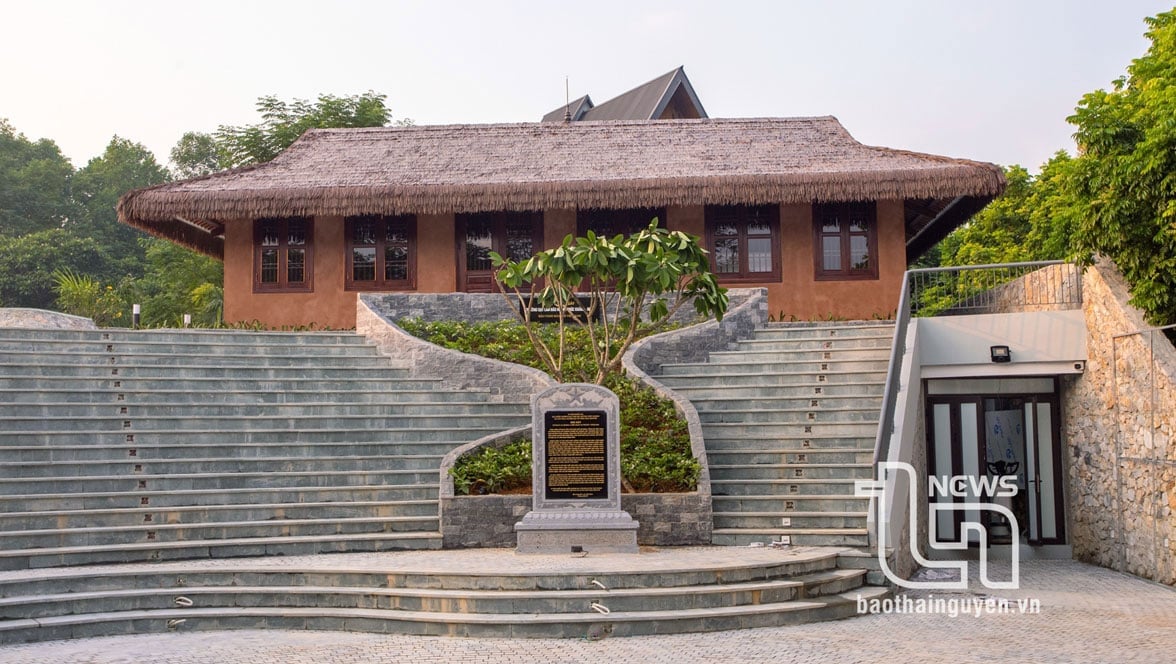 |
| The exhibition house of Huynh Thuc Khang Journalism School (Tan Thai Commune, Dai Tu, Thai Nguyen) is 80 square meters wide, built based on recorded documents and some documentary images of the journalism school. |
When talking about revolutionary journalism, we must first talk about the great journalist Ho Chi Minh. During his arduous journey to find a way to save the country, even when he was President of an independent Vietnam, Uncle Ho paid great attention to propaganda and mobilization through the press. Since he wrote his first article “The Rights of Colonial Peoples” published in Nhan Dao Newspaper on June 18, 1919 and his last article “Letter in Response to the US President” published in Nhan Dan Newspaper on August 25, 1969, throughout his life, Uncle Ho wrote more than 2,000 articles of all kinds, using 150 pen names.
Leader Ho Chi Minh was also the founder of 9 newspapers: Le Paria in 1922; International Farmer (1924); Thanh Nien (1925); Cong Nong (1925); Linh Cach Menh (1925); Than Ai (1928); Do (1929); Viet Nam Doc Lap (1941); Cuu Quoc (1942). He also participated in naming and guiding the principles of many newspapers: Nhan Dan, Quan Doi Nhan Dan...
The story goes that in early 1950, at ATK Dinh Hoa - Thai Nguyen, the leaders of the General Political Department asked to meet Uncle Ho to present: At that time, the armed forces had 3 newspapers: Ve Quoc Quan (formerly Ve Quoc Doan Newspaper), Quan Du Kich and Tieng Gun Reo, while there was not yet a common newspaper for the Army. Uncle Ho agreed to the merger policy. After listening to the report on the proposed name of the newspaper, he asked again: Where did our Army come from? The answer was from the people. Uncle Ho immediately suggested: Then let's name it Quan Doi Nhan Dan Newspaper. And, on October 20, 1950, in Khau Dieu hamlet, Thanh Dinh commune (Dinh Hoa), Quan Doi Nhan Dan Newspaper published its first issue.
As the founder and the legacy of Uncle Ho's journalism is enormous. Just counting from the time the revolutionary press was established (June 21, 1925), Thanh Nien newspaper published more than 200 issues, leader Nguyen Ai Quoc directly directed and wrote many articles for the first 88 issues (from June 1925 to April 1927). Among the more than 2,000 journalistic works that Uncle Ho wrote, many became classics, covering important issues, analyzing them in a sharp and accurate way and offering practical and feasible solutions to overcome or promote them.
For President Ho Chi Minh, the press was a tool for propaganda, a weapon for fighting and enlightening the masses, and a slogan for action. He soon realized and developed the idea that the press was a great driving force in the development of each country, a sharp weapon in protecting the truth and the sacred rights of people. His ultimate truth was “Nothing is more precious than independence and freedom”.
Publishing Thanh Nien newspaper, a new page in the history of revolutionary journalism began: On June 21, 1925, at No. 13A, Van Minh Street, Guangzhou (China), Nguyen Ai Quoc founded Thanh Nien newspaper - the mouthpiece of the Vietnam Revolutionary Youth Association. This was the revolutionary newspaper and the first foundation of our country's revolutionary journalism.
Immediately after its establishment, Thanh Nien Newspaper was in fact a newspaper that propagated revolutionary lines, preparing ideologically and organizationally for the establishment of the Communist Party of Vietnam 5 years later. Therefore, it is easy to understand that Nguyen Ai Quoc himself was the one who programmed the content, and directly implemented most of the content and ideology of Thanh Nien Newspaper.
On May 25, 1947, just 5 days after the safe withdrawal from the long resistance war, at Khau Ty hut in the middle of the top secret ATK Dinh Hoa, President Ho Chi Minh wrote a letter to Southern intellectuals, including press officers. He emphasized: "Your pen is also a sharp weapon in the cause of supporting justice and eliminating evil."
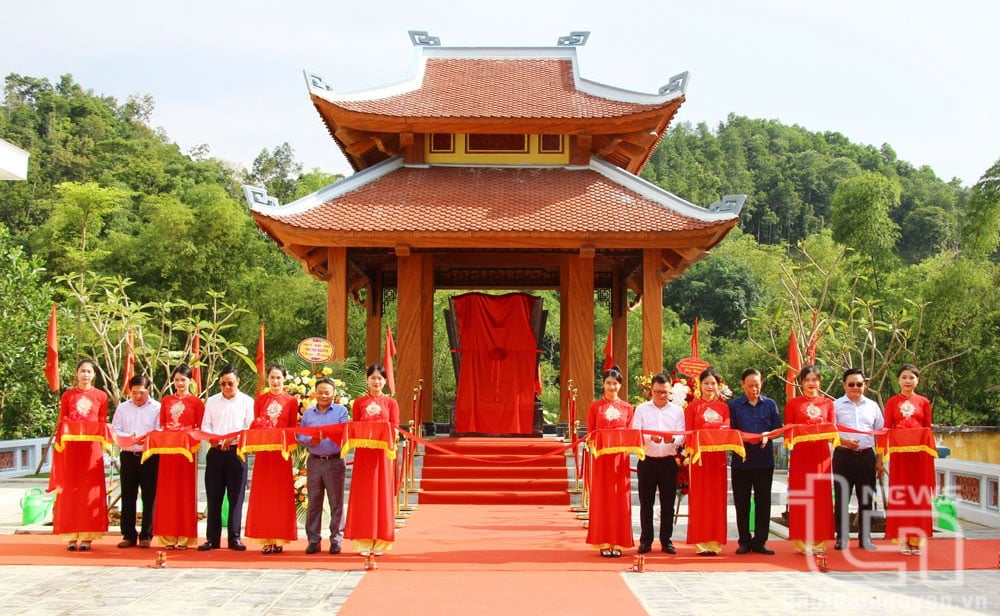 |
| The project to restore and embellish the National Historical Monument House of Nhan Dan Newspaper, which published its first issue (March 11, 1951) in Khuon Nha hamlet, Quy Ky commune, Dinh Hoa, was inaugurated on July 10, 2024. |
It is no coincidence that at the Conference to establish the Communist Party of Vietnam (February 3, 1930), the first resolution also stipulated: "The Central Committee can publish one theoretical magazine and three propaganda newspapers". At the Second Congress of the Vietnam Journalists Association, on April 16, 1959, Uncle Ho once again affirmed: "Talking about the press, first of all, is talking about press cadres, they are revolutionary cadres, who know how to put the interests of the nation and the people above all. Journalists must be soldiers on the press front".
Under the light of the Party's and Uncle Ho's ideology, the Vietnamese revolutionary press has continuously developed and improved, making great and important contributions to each stage of the revolution.
Reality has proven that, 100 years since its inception, through two fierce and heroic resistance wars against France and the US, we have mobilized many fronts: Armed struggle, political, ideological, cultural, diplomatic, economic struggle... The press is a specific front. Not only fighting on the ideological and information front, many press cadres also directly held guns on the front. Nearly 600 martyr journalists have heroically sacrificed for national independence.
The press corps has grown not only in numbers but also in its ability to control information, its ability to detect, and its ability to criticize. From Thanh Nien newspaper, the country has developed to nearly 1,000 press agencies, 45,000 press workers contributing every day to the prosperity and stability of the country.
In professional activities, the Vietnamese revolutionary press has trained hundreds of famous journalists; the Party and State pay attention to press development through the promulgation of the Press Law (Press Law 1989, amended in 1999 and 2016).
Revolutionary press in the face of new opportunities, it can be said, was born, developed, and contributed to the noble cause of the Party and the nation. Over the past 100 years, the Vietnamese revolutionary press has gradually developed and excellently fulfilled its glorious mission.
The country has entered a new era, an era of striving towards modernity and prosperity. Continuing to serve the new era of the country, the Vietnamese press will make the best use of the achievements of the past century for today's renovation. Among them, the most valuable assets are Ho Chi Minh's views and thoughts on revolutionary journalism.
Source: https://baothainguyen.vn/chinh-tri/202502/mot-tram-mua-xuan-cua-bao-chi-cach-mang-eec0ab0/


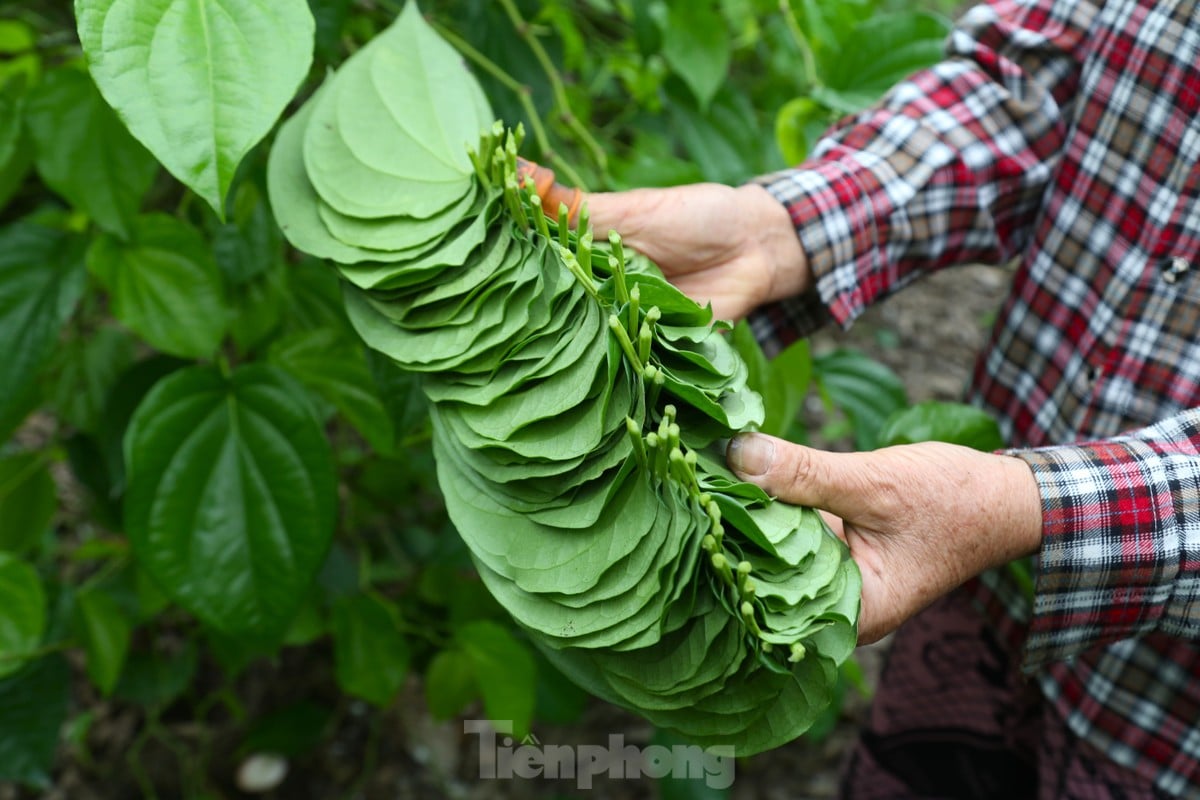

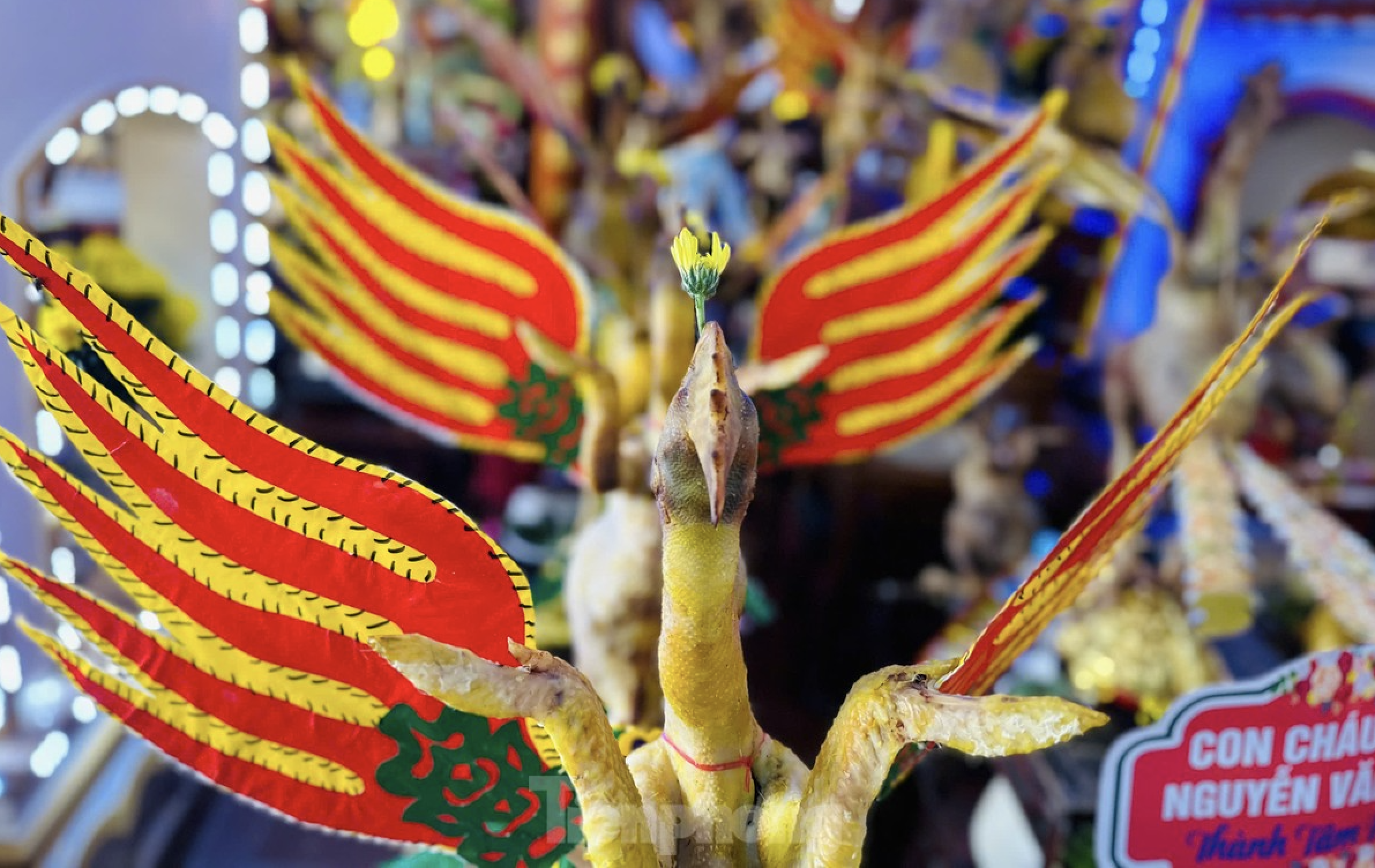



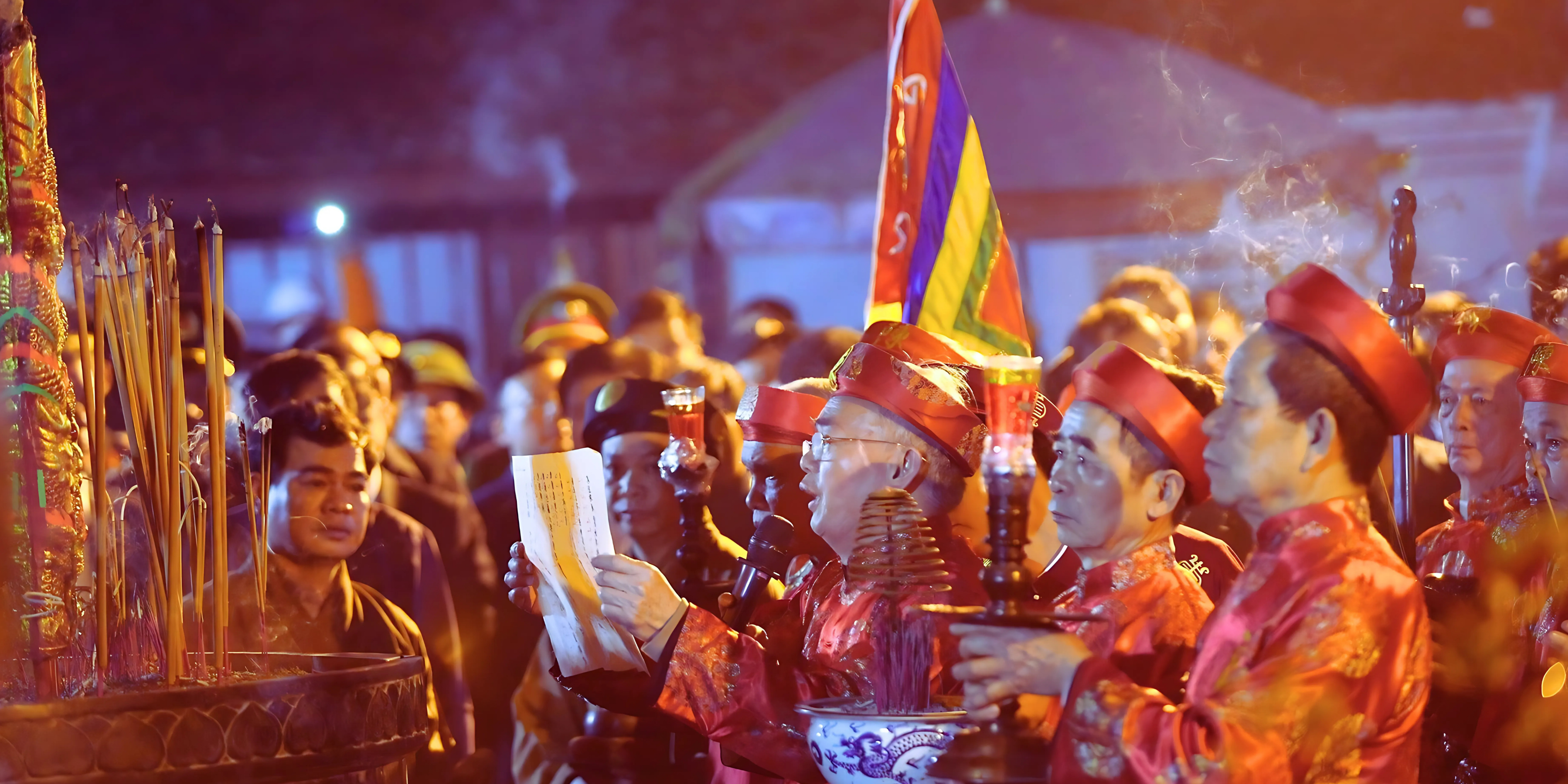





















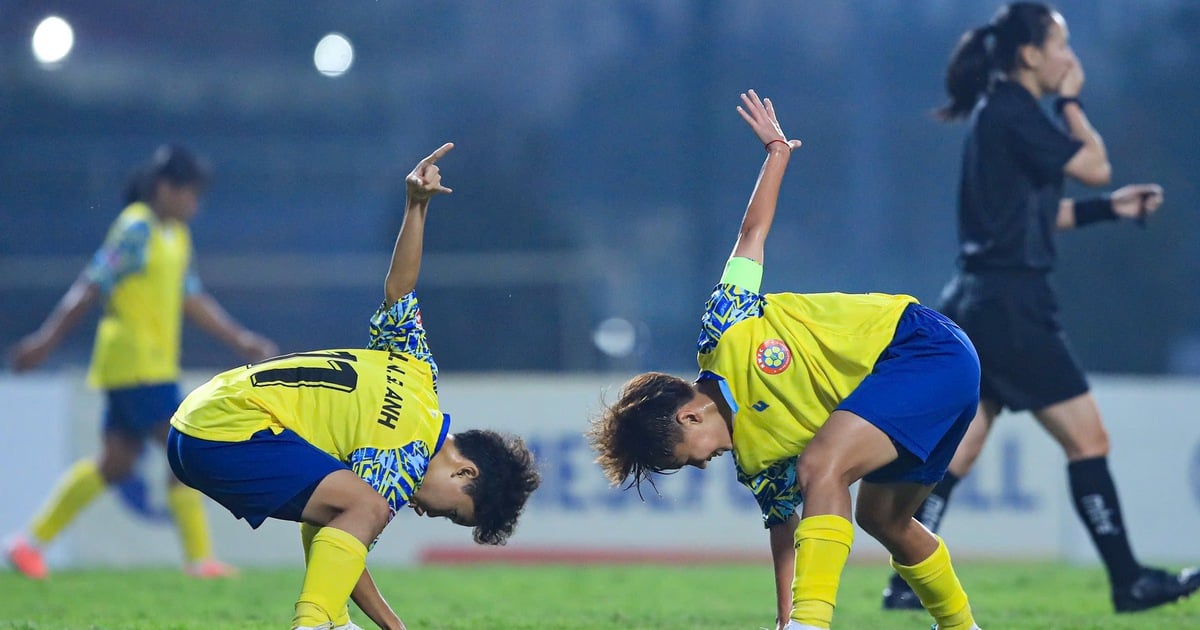

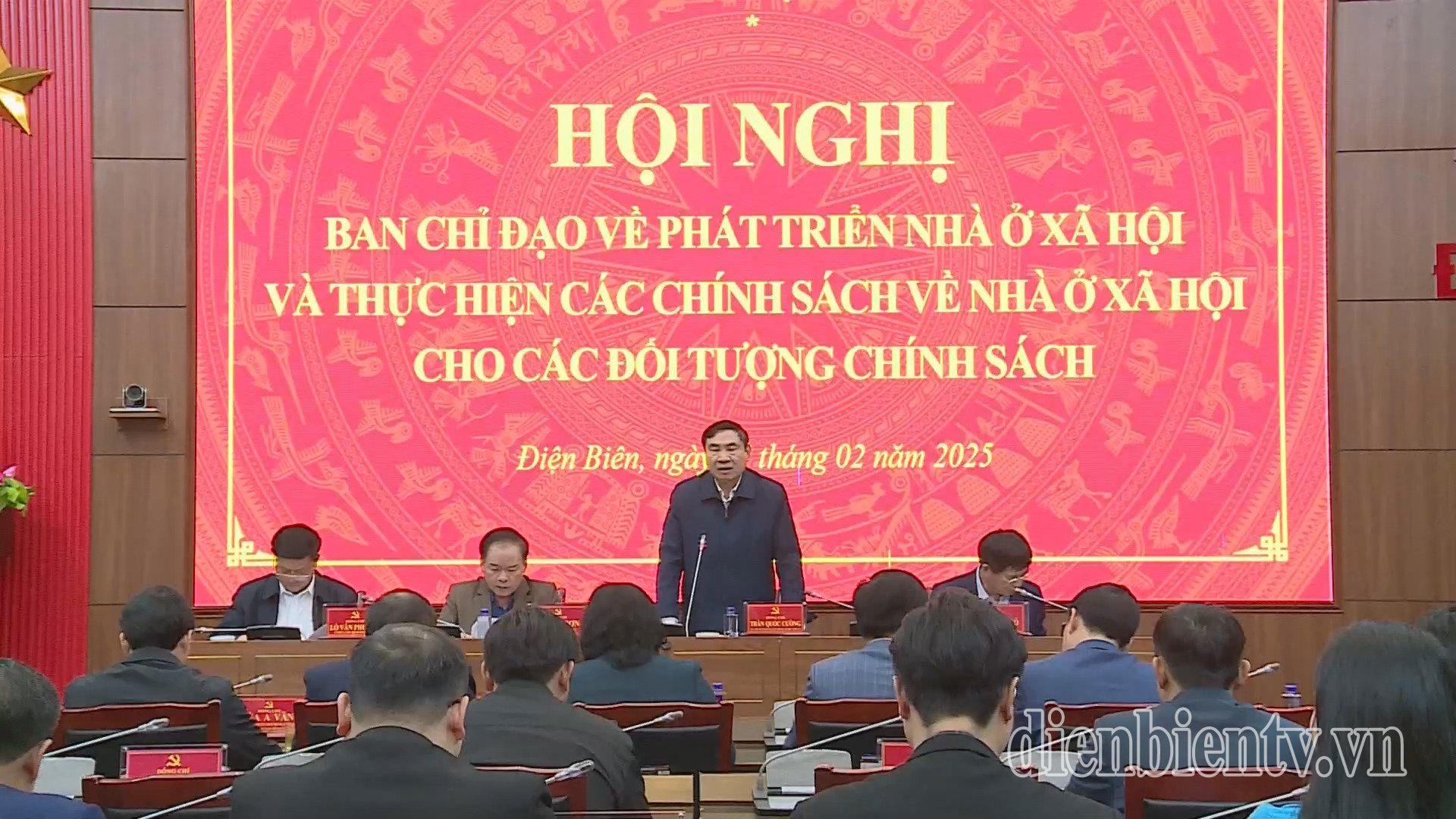
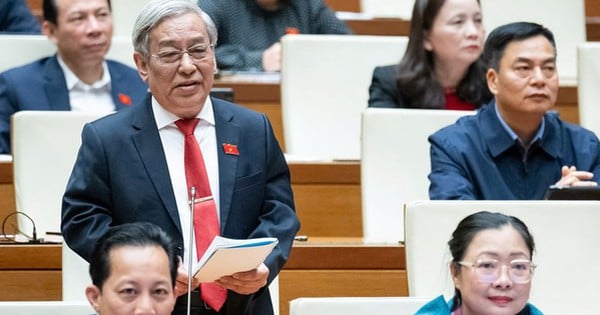

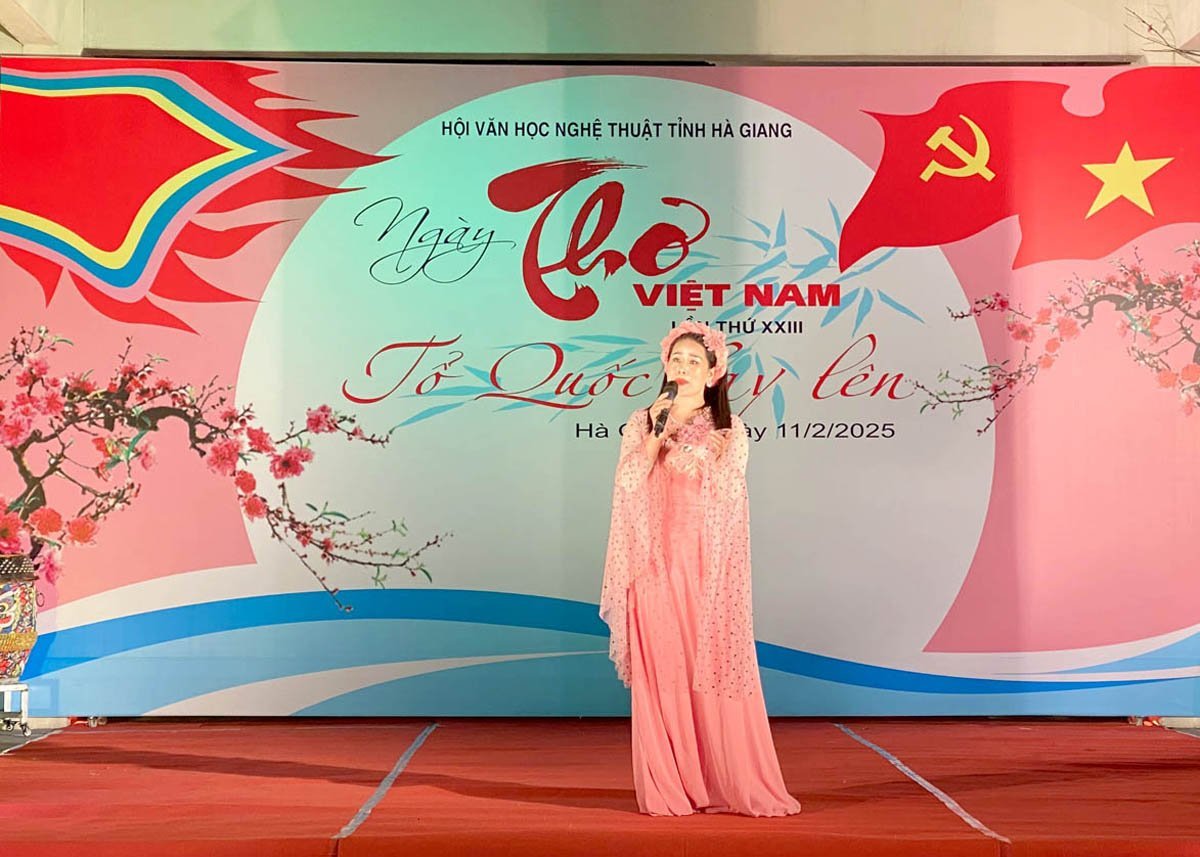
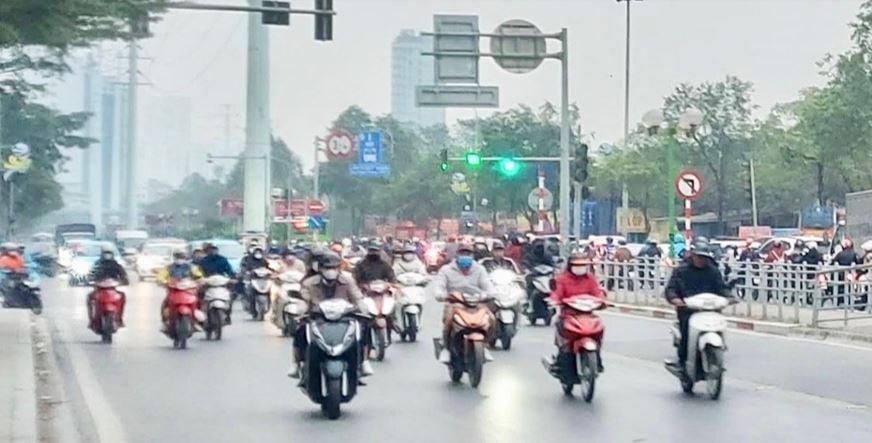
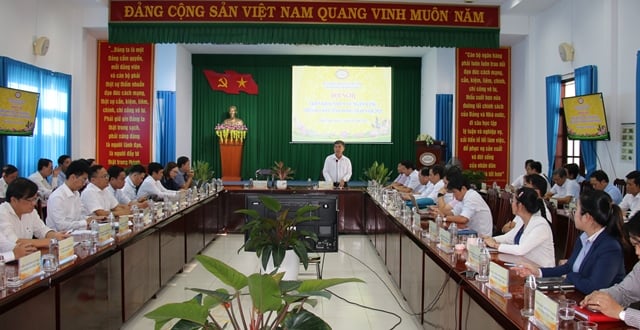
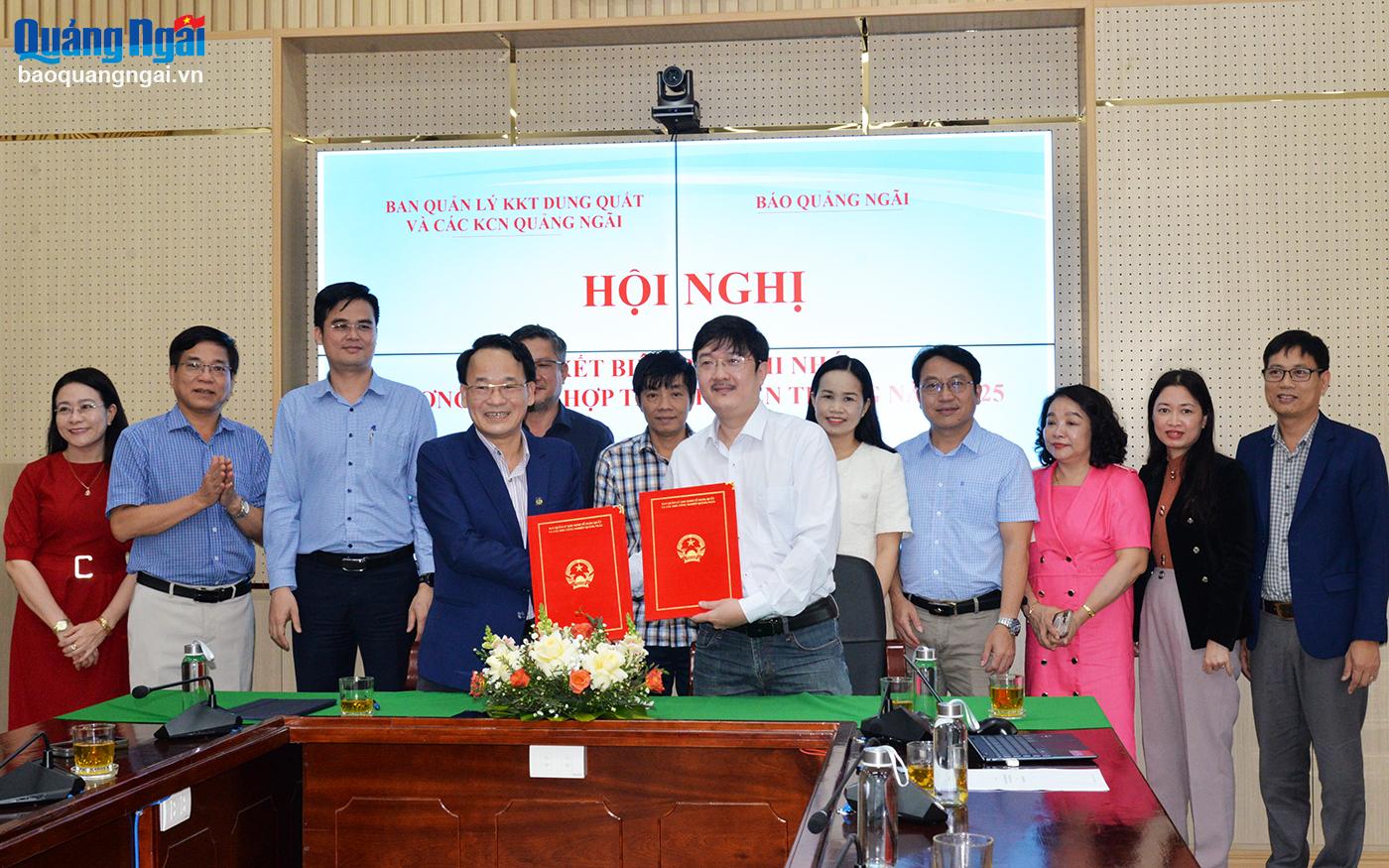
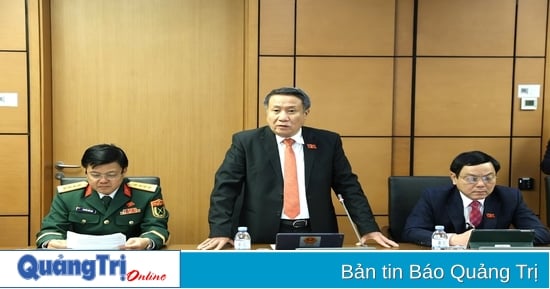
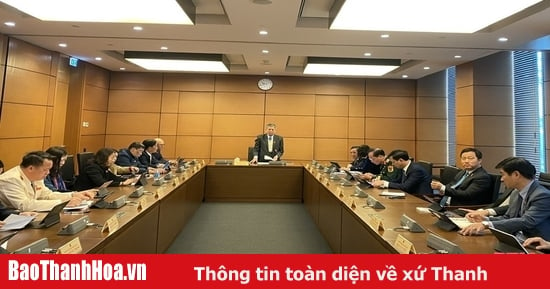
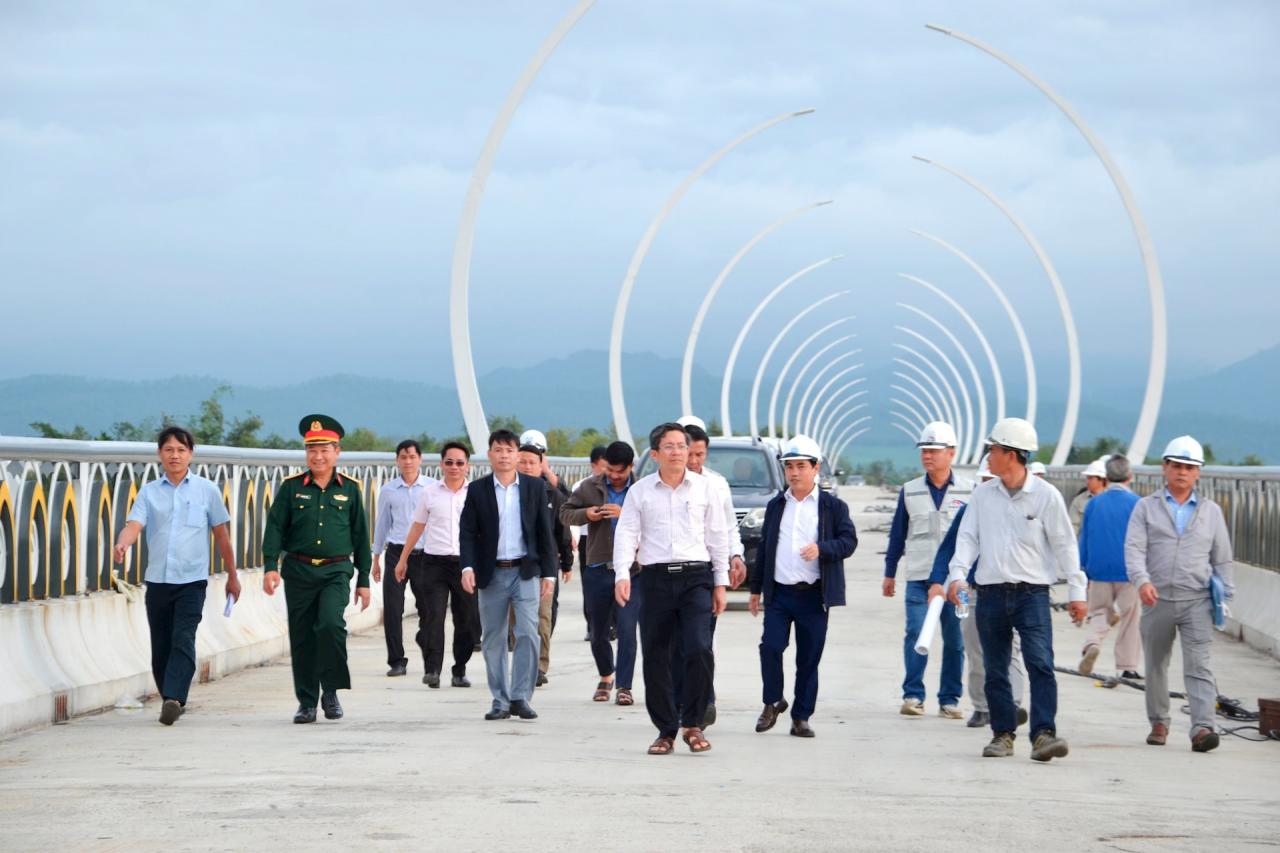
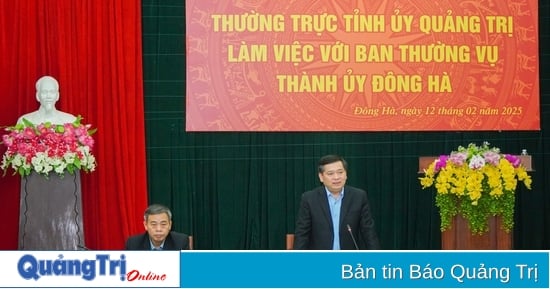
![Charming Vietnam [ Cat Tien National Park ]](https://vstatic.vietnam.vn/vietnam/resource/IMAGE/2025/2/12/c05c34322e4f4cac874e7f971dfaddca)
![Charming Vietnam [ Chau Doc ]](https://vstatic.vietnam.vn/vietnam/resource/IMAGE/2025/2/12/e96a46dceb5e41b1bcc3cf7dc6d54708)
![Charming Vietnam [ Phong Nha National Park ]](https://vstatic.vietnam.vn/vietnam/resource/IMAGE/2025/2/12/1cc2c12b6cb84938b32182cccf560b3c)
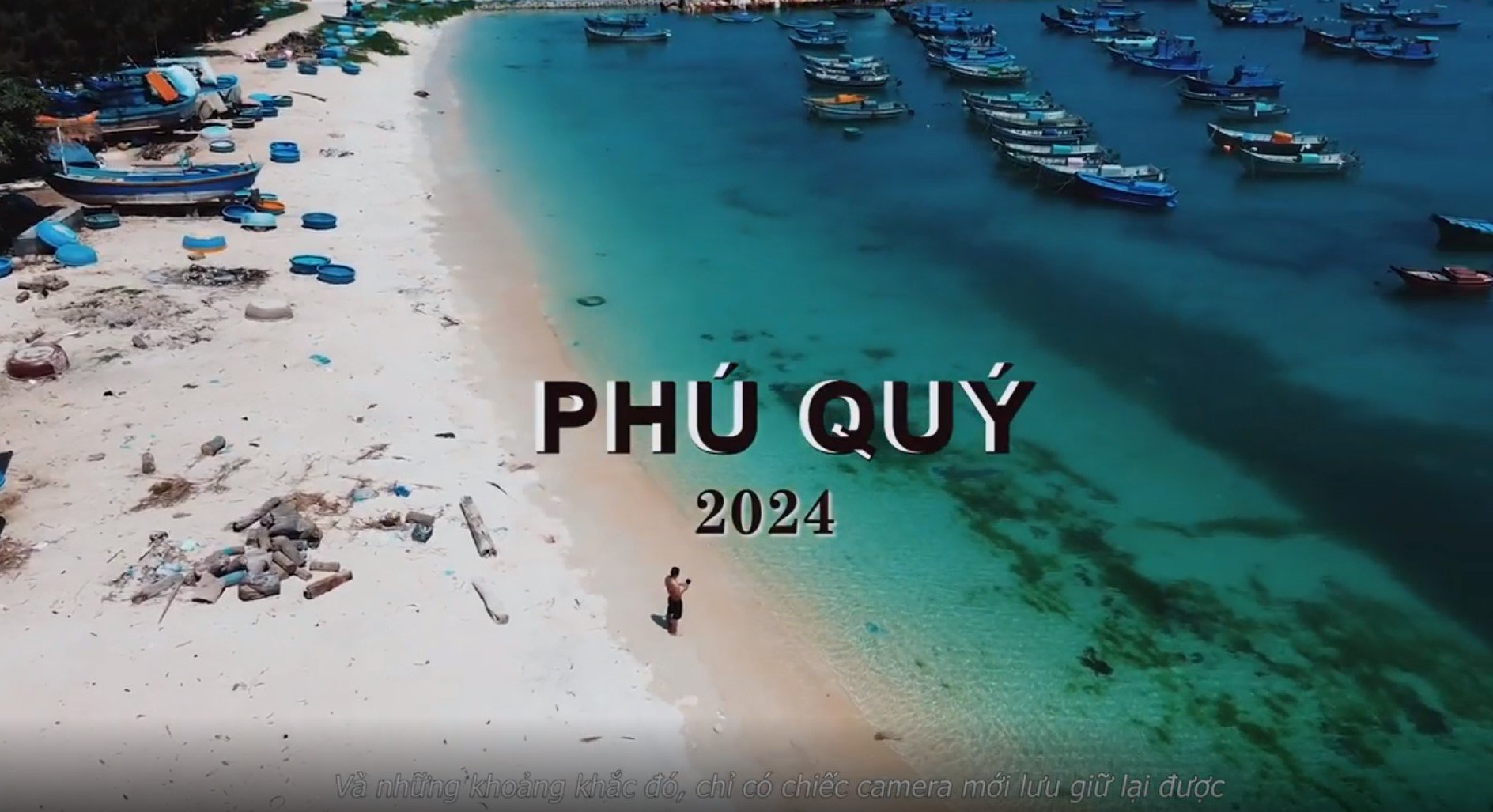

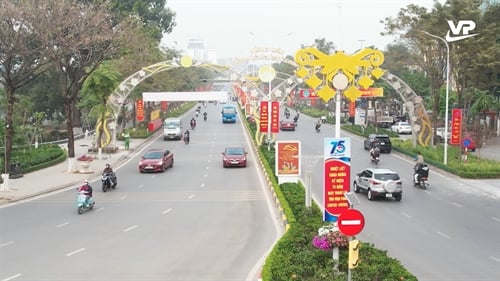
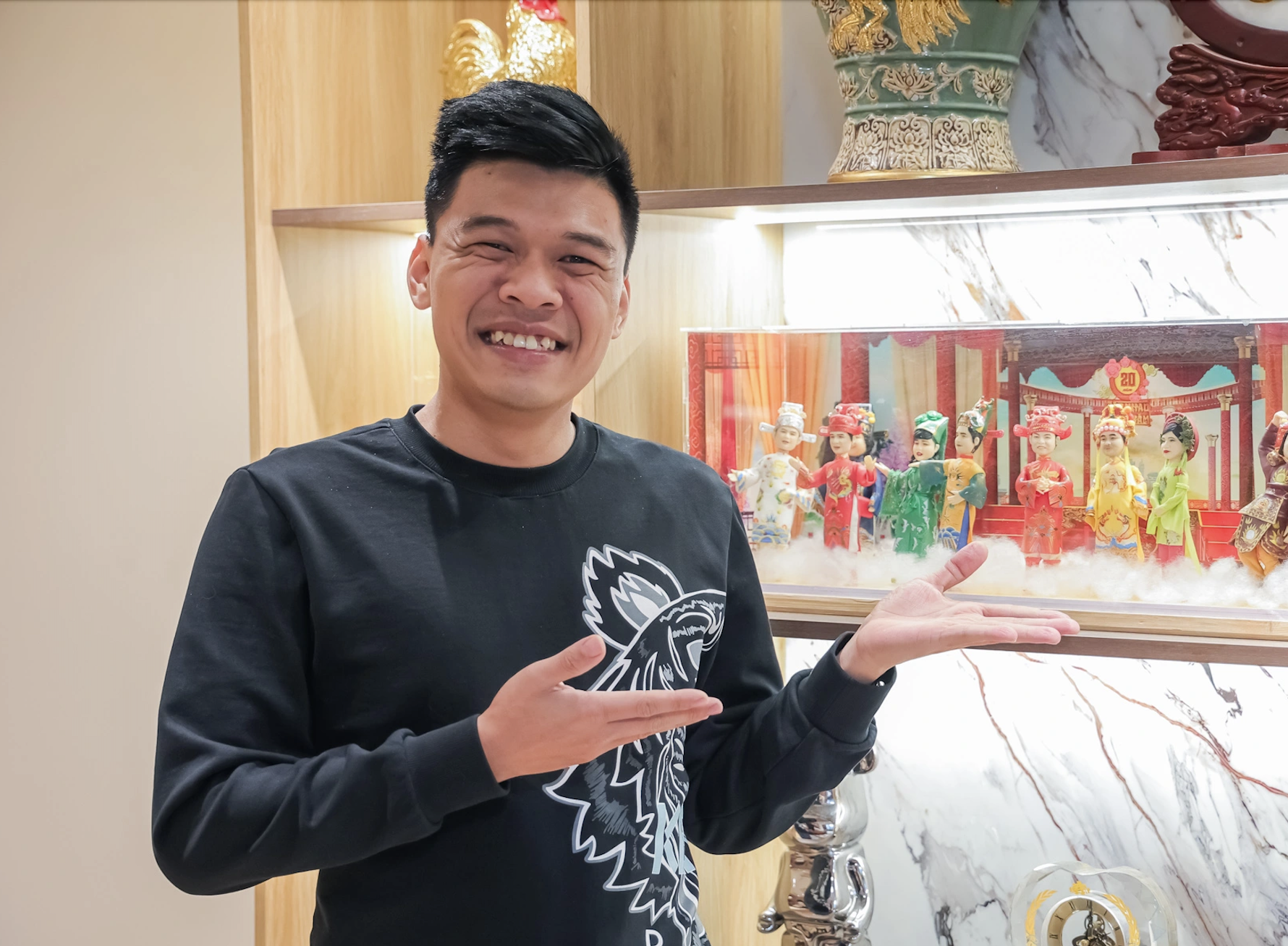





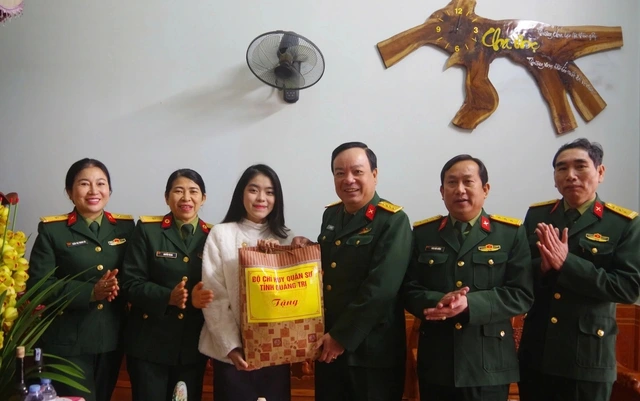
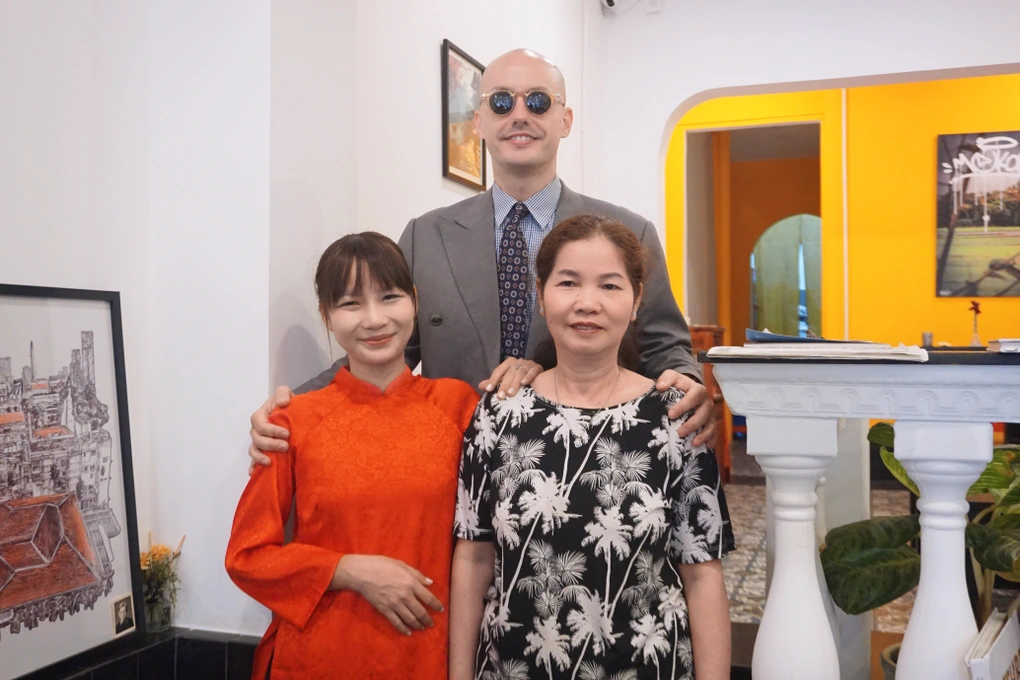
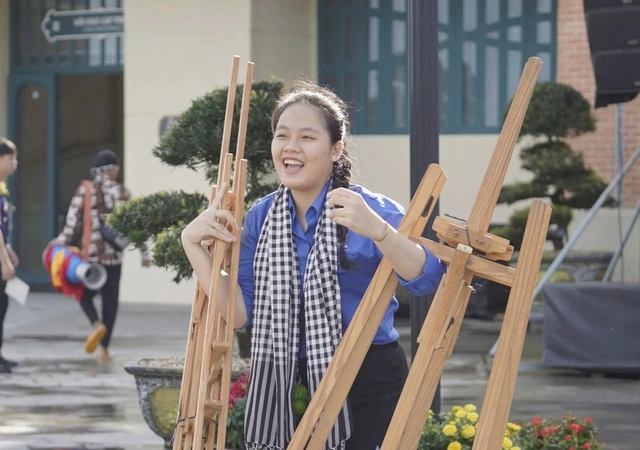




Comment (0)